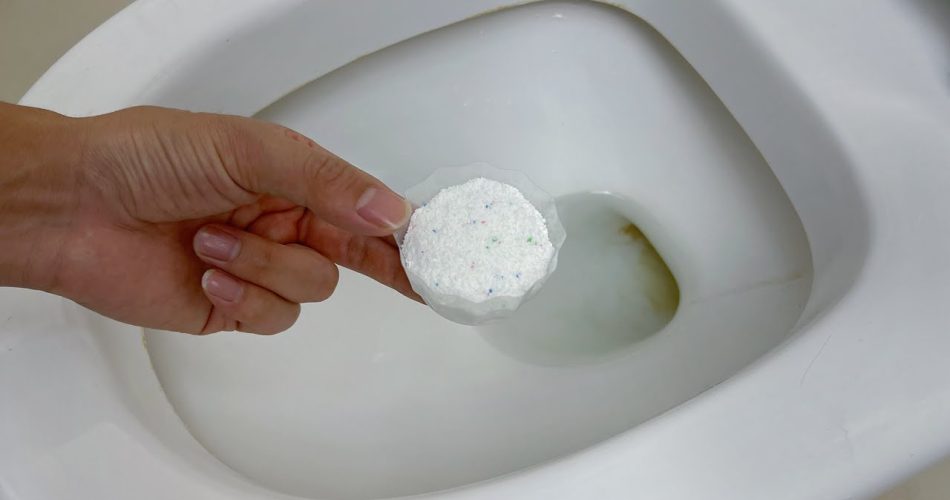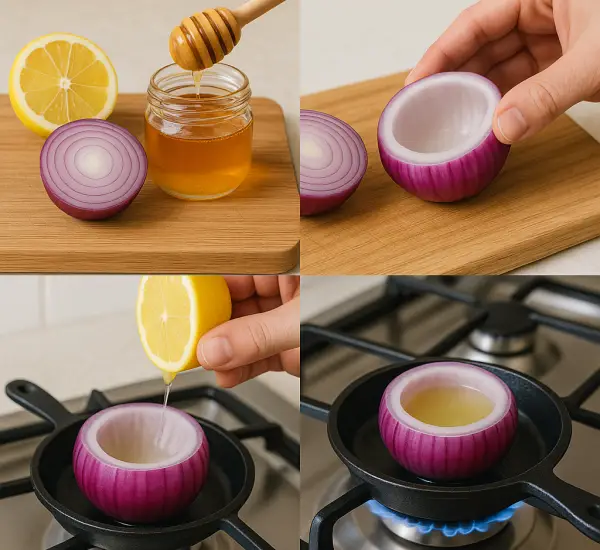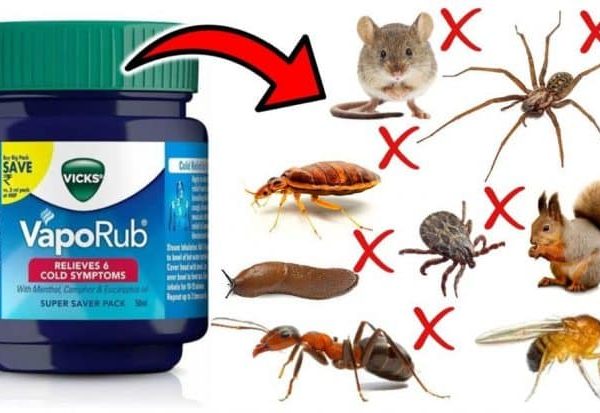I recently discovered that using laundry detergent in the toilet can solve many cleaning problems, making it a practical and affordable solution for keeping toilets spotless. Toilets are an essential part of our daily lives, but they can also be a source of frustration due to frequent stains, scale buildup, and unpleasant odors. For many households, especially those with multiple family members sharing one toilet, these issues can become a daily nuisance. If toilets aren’t cleaned regularly, they quickly develop yellow stains, scale, and a strong odor that can permeate the entire bathroom, making cleaning a constant challenge.
Why Laundry Detergent Works for Toilet Cleaning
Laundry detergent contains powerful cleaning agents that make it highly effective for various cleaning tasks beyond just laundry. Most detergents include bleach and alkaline substances, which play key roles in stain removal. Bleach acts as an oxidizing agent, breaking down stains and killing bacteria. The alkaline components help neutralize acidic substances like urine, making them easier to remove. This combination of cleaning properties allows laundry detergent to outperform some traditional toilet cleaners, providing a more affordable and practical solution for households.
Using laundry detergent in place of specialized toilet cleaners can be a cost-effective choice. While toilet-specific products can be pricey and may run out quickly, laundry detergent is widely available and often already in the home. Its cleaning power is more than capable of tackling tough stains and odors, leaving the toilet looking fresh and clean. Plus, the fragrance from the detergent adds a pleasant scent to the bathroom, creating a more refreshing environment.
How to Clean Your Toilet with Laundry Detergent
To use laundry detergent for cleaning the toilet, follow these simple steps:
- Apply the Detergent: Start by sprinkling the detergent evenly inside the toilet bowl, focusing on areas with noticeable stains, especially yellow or hard water stains. Make sure to cover the entire interior surface of the bowl for the best results.
- Let It Sit: Allow the detergent to sit in the toilet for about 10 minutes. This soaking period helps soften the stains, making them easier to scrub away. The detergent’s ingredients work during this time to break down dirt, grime, and odors.
- Scrub Thoroughly: After letting the detergent soak, use a toilet brush to scrub the bowl. Pay extra attention to any hard-to-reach corners and heavily stained areas, scrubbing back and forth to ensure thorough cleaning.
- Flush the Toilet: Once you’ve finished scrubbing, flush the toilet to rinse away the detergent and any loosened debris. This will leave the toilet looking clean and shiny.
- Optional Hot Water Flush: For those who prioritize hygiene, consider flushing the toilet once more with hot water. The heat can help kill any lingering bacteria, providing an added level of cleanliness.
Why Laundry Detergent is a Superior Option
Laundry detergent’s cleaning power rivals, and sometimes even surpasses, that of many specialized toilet cleaners. Its strong stain-removing properties, combined with its ability to neutralize odors, make it an ideal choice for toilet maintenance. Additionally, the detergent’s scent leaves the bathroom smelling pleasant, unlike some chemical-based cleaners that can have harsh or unpleasant odors. The cost savings of using detergent, which is already a household staple, add to its appeal as an economical cleaning solution.
Other Uses for Laundry Detergent in the Bathroom
The versatility of laundry detergent extends beyond just cleaning the toilet. Here are some additional bathroom cleaning tasks where it can be effective:
- Bathtubs and Showers: Laundry detergent can be used to scrub away soap scum and stains in the bathtub or shower. Sprinkle a small amount of detergent on the surfaces, scrub with a brush, and rinse thoroughly. This will help remove buildup and leave the surfaces clean.
- Wash Basins and Faucets: Detergent is also effective for cleaning sinks and faucets. Its stain-removing and antibacterial properties can help maintain a sparkling clean sink area. Mix a small amount of detergent with water, use a cloth or sponge to wipe down the basin and faucet, and rinse off the residue.
- Bathroom Floors: For tiled bathroom floors, laundry detergent can be diluted in water and used as a cleaning solution. It helps remove grime, dirt, and even some mildew, leaving the floor clean and refreshed.
Additional Benefits and Cautions
Laundry detergent can offer more than just cleaning benefits in the bathroom. For example, some detergents contain ingredients like boric acid and silicate, which are known to be effective in killing pests such as cockroaches. Sprinkling detergent around entry points or problem areas in the bathroom can help reduce the presence of these pests.
However, while laundry detergent is generally safe for cleaning purposes, there are some precautions to keep in mind:
- Protecting Children and Pets: Keep laundry detergent out of reach of children and pets, as ingesting it can be harmful. If using it to deter pests, make sure to place it in areas where children and pets cannot access.
- Compatibility with Surfaces: Laundry detergent may not be suitable for all bathroom surfaces, especially those with special coatings or finishes. Always test a small, inconspicuous area first to ensure it doesn’t cause damage or discoloration.
- Ventilation: If using large amounts of detergent or cleaning for an extended period, make sure the bathroom is well-ventilated to avoid inhaling any fumes.
Conclusion
Laundry detergent is a surprisingly effective, practical, and economical solution for cleaning toilets and other bathroom surfaces. Its ability to remove tough stains, neutralize odors, and leave a pleasant scent makes it a versatile cleaning agent for various tasks around the home. By utilizing laundry detergent for bathroom maintenance, you can save money, reduce reliance on specialized cleaning products, and enjoy a cleaner, fresher bathroom environment with minimal effort.



